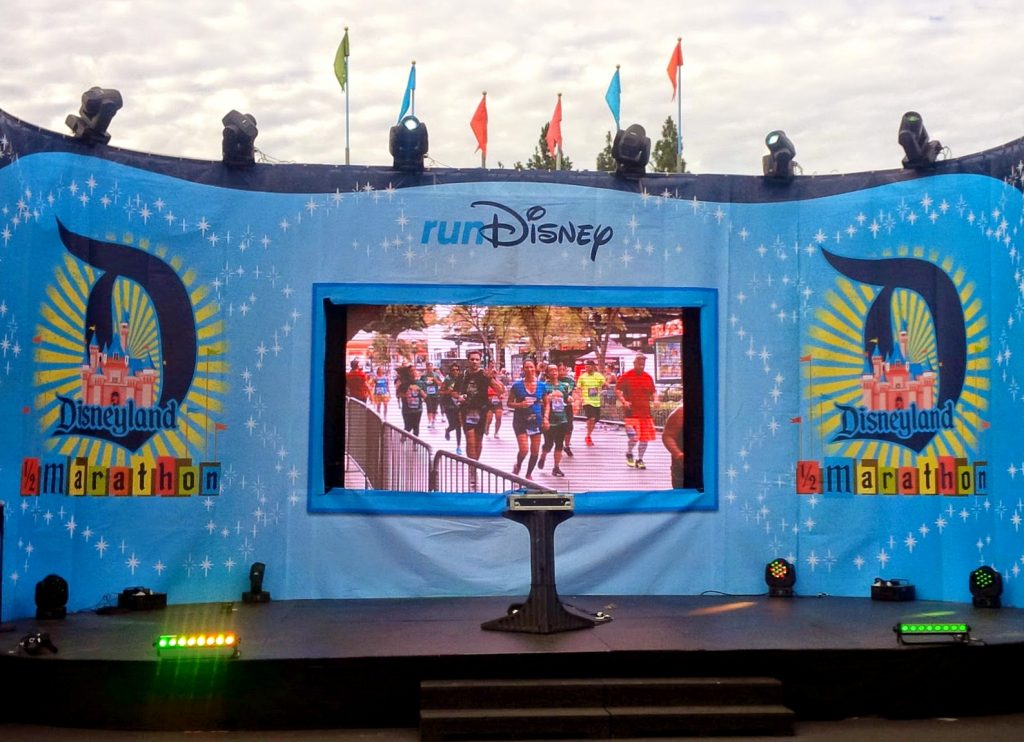Incredible(s)! Headed to the upcoming the next runDisney contest? Yup, that’s pretty Incredible. Don’t forget to stretch for your half marathon! If you want to showcase your most Incredible self, Cigna has a well-developed, smart program of training tips to share. As a longstanding physical therapist (and now with a doctorate!), these evidence-based techniques have caught my attention. Young or old, elite runner or beginner walker, there is something here for you.

Stretch for a Half Marathon?
While the debate to stretch or not to stretch, stretch before, stretch after your race still rages on, the following primer by Cigna Case Management Specialist and Health Educator Antonio Williams makes one of the best cases for flexibility I have read. Perhaps the “when” of your stretching may be variable, but the mechanics are important.
Of special interest is the included resource on foam rolling, and its value providing myofascial release before, during, and after your stretching routine. I might add in the value of “The Stick” or similar device for performing this form of release while you stretch. (Self-massage works wonderfully too!)
In my runDisney Packing List | A Physical Therapist’s Must-Haves, I describe one of my Top PT Tips: Pack a travel-sized foam roller or stick when you travel to runDisney races to ensure that you haven’t tightened leg and trunk musculature while you walk around those jumbo Disney parks before and after your contest. Both will enable you to stretch for your half marathon more effectively.

No matter your technique preference, be sure to read the following Cigna tips. And streeeeeeetch yourself!
INJURY-FREE TRAINING PREPARATION
Antonio Williams, M.S., NASM, P.E.S
Case Management Specialist, Health Educator
A mistake some runners make is not including strength training in their training program. Running without strength training could lead to injuries. You may wonder, “how can strength training prevent injuries?” Every time your foot hits the ground, it absorbs a small shock which tires your muscles as you run. Continuous running (pounding the pavement) can fatigue your muscles. As you increase your running miles, this will force your other muscles to compensate. When muscles compensate, they work harder than they should. This is when your body becomes susceptible to injury.
Running provides more muscular endurance than muscular strength. So you need strength training for your upper, as well as lower body, to prevent injury.

Thank you! These are great tips I will incorporate into my routine as I train for my first half marathon (the WDW Princess Half) in February!
That is SUCH exciting news Jodi- I will be once again following along!!